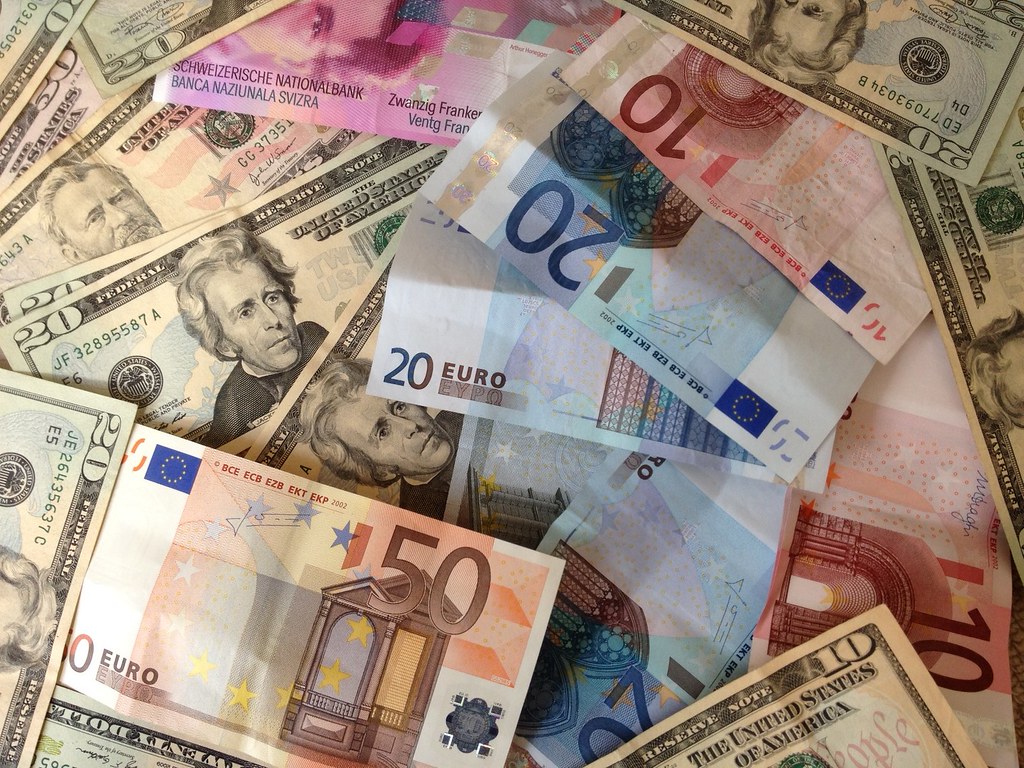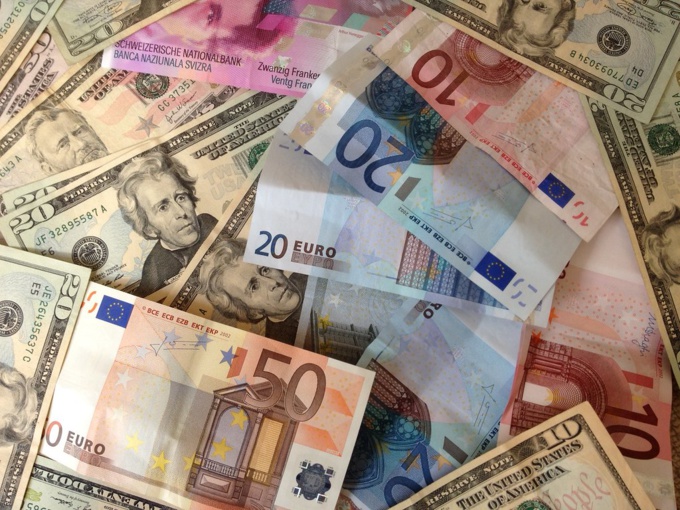On Friday, US President Donald Trump signed a decree on a new package of economic assistance in the amount of $ 483 billion. Most of the package - $ 320 billion - will be used to expand the lending program for small businesses (in addition to the previously allocated $ 349 billion), the remaining funds will go to finance fight against the coronavirus. In addition, Finance Minister Steven Mnuchin said that the White House was considering issuing soft loans to oil companies, noting that the purchase of shares was not considered.
Recall that Congress has already approved the largest package of assistance to the US economy - $ 2.2 trillion (for comparison, US budget spending for the fiscal year 2020 is $ 4.8 trillion, US GDP last year was $ 21.4 trillion). The package included both one-time payments to citizens and business assistance programs. Nevertheless, even such injections will not compensate for the effects of quarantine: according to the Congressional Budget Office, the economy may decline by almost 40% in the second quarter year to year, and unemployment will reach 16% in the third quarter. Since mid-March, 26.5 million people have already applied for unemployment benefits (the total labor force in the United States is estimated at 154 million people).
Meanwhile, EU leaders at a video summit also approved the €540 billion package of measures agreed upon by the ministers of finance of the currency alliance, which will start on June 1.
The package includes support for job preservation (€ 100 billion), loans to small and medium-sized enterprises through the provision of guarantees from the European Investment Bank (€ 200 billion) and lending to EU member states through the European stabilization mechanism (€ 240 billion). However, the participants in the meeting could not agree on the conditions for creating a fund for economic recovery, which should be aimed at “the most affected sectors and countries”, asking the EC to prepare additional proposals. In any case, the fund will begin to operate no earlier than 2021, Head of the European Commission, Ursula von der Leyen, said, estimating that the total support of the EU countries is about € 3.3 trillion.
At the same time, Head of the ECB, Christine Lagarde, warned the members of the European Council that the GDP of the EU countries could lose up to 15% in 2020, since "the authorities have not made enough efforts to prevent an outbreak," and Standard & Poor's, although it kept Italy's rating at BBB level, warned that a negative outlook could be realized in case of further deterioration of the country's debt situation (now Italy’s budget deficit is estimated at 6.3% of GDP). So far, the issuance of a new Italian debt is compensated by the ECB, redeeming government bonds along with the obligations of other countries of the currency block. This week, the next meeting of the regulator will take place, as well as the meeting of the US Federal Open Market Committee. “The chance is great that the ECB could expand its asset buyback program, while the Fed is more likely to refrain from announcing new measures,” Capital Economics expects. They estimate that in the first quarter, the GDP of the euro area countries fell by 4% in quarterly terms, while in the US - by 3.5% (official data will be published this week).
source: capitaleconomics.com
Recall that Congress has already approved the largest package of assistance to the US economy - $ 2.2 trillion (for comparison, US budget spending for the fiscal year 2020 is $ 4.8 trillion, US GDP last year was $ 21.4 trillion). The package included both one-time payments to citizens and business assistance programs. Nevertheless, even such injections will not compensate for the effects of quarantine: according to the Congressional Budget Office, the economy may decline by almost 40% in the second quarter year to year, and unemployment will reach 16% in the third quarter. Since mid-March, 26.5 million people have already applied for unemployment benefits (the total labor force in the United States is estimated at 154 million people).
Meanwhile, EU leaders at a video summit also approved the €540 billion package of measures agreed upon by the ministers of finance of the currency alliance, which will start on June 1.
The package includes support for job preservation (€ 100 billion), loans to small and medium-sized enterprises through the provision of guarantees from the European Investment Bank (€ 200 billion) and lending to EU member states through the European stabilization mechanism (€ 240 billion). However, the participants in the meeting could not agree on the conditions for creating a fund for economic recovery, which should be aimed at “the most affected sectors and countries”, asking the EC to prepare additional proposals. In any case, the fund will begin to operate no earlier than 2021, Head of the European Commission, Ursula von der Leyen, said, estimating that the total support of the EU countries is about € 3.3 trillion.
At the same time, Head of the ECB, Christine Lagarde, warned the members of the European Council that the GDP of the EU countries could lose up to 15% in 2020, since "the authorities have not made enough efforts to prevent an outbreak," and Standard & Poor's, although it kept Italy's rating at BBB level, warned that a negative outlook could be realized in case of further deterioration of the country's debt situation (now Italy’s budget deficit is estimated at 6.3% of GDP). So far, the issuance of a new Italian debt is compensated by the ECB, redeeming government bonds along with the obligations of other countries of the currency block. This week, the next meeting of the regulator will take place, as well as the meeting of the US Federal Open Market Committee. “The chance is great that the ECB could expand its asset buyback program, while the Fed is more likely to refrain from announcing new measures,” Capital Economics expects. They estimate that in the first quarter, the GDP of the euro area countries fell by 4% in quarterly terms, while in the US - by 3.5% (official data will be published this week).
source: capitaleconomics.com



















